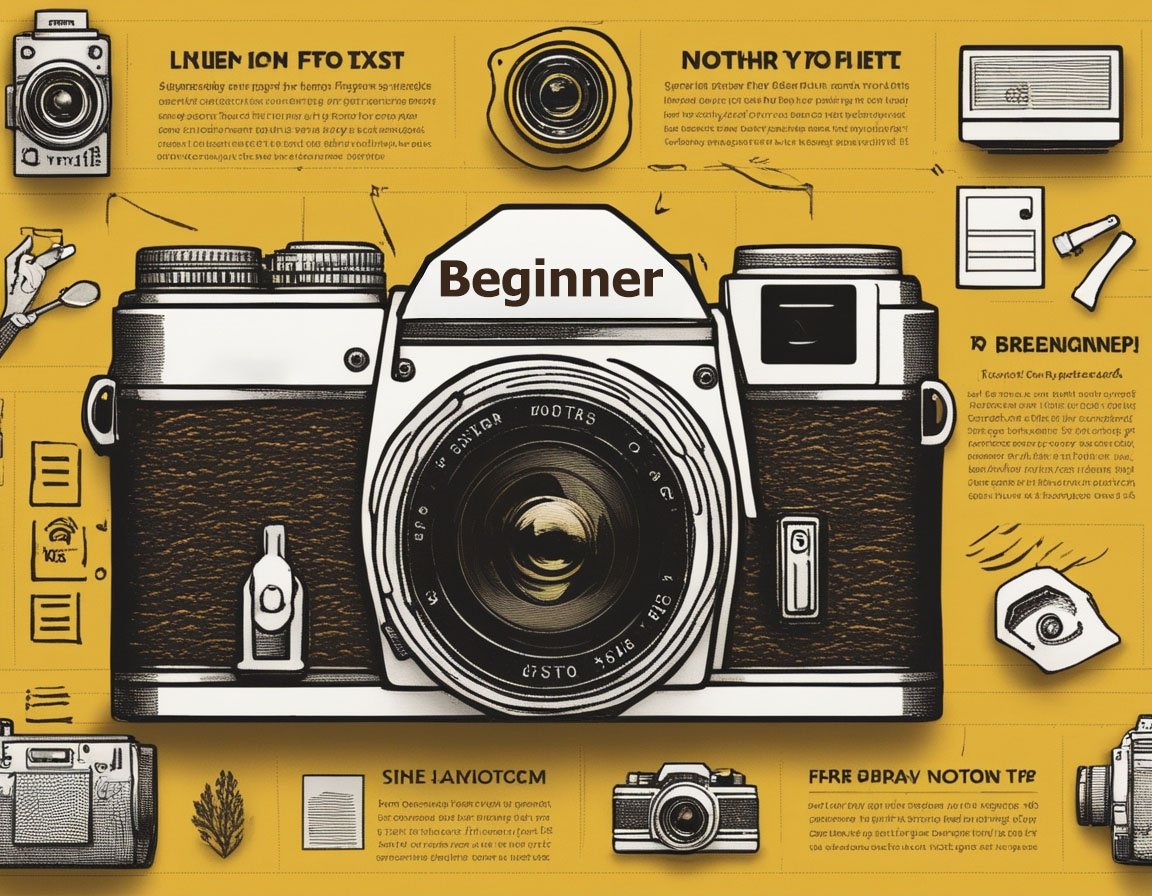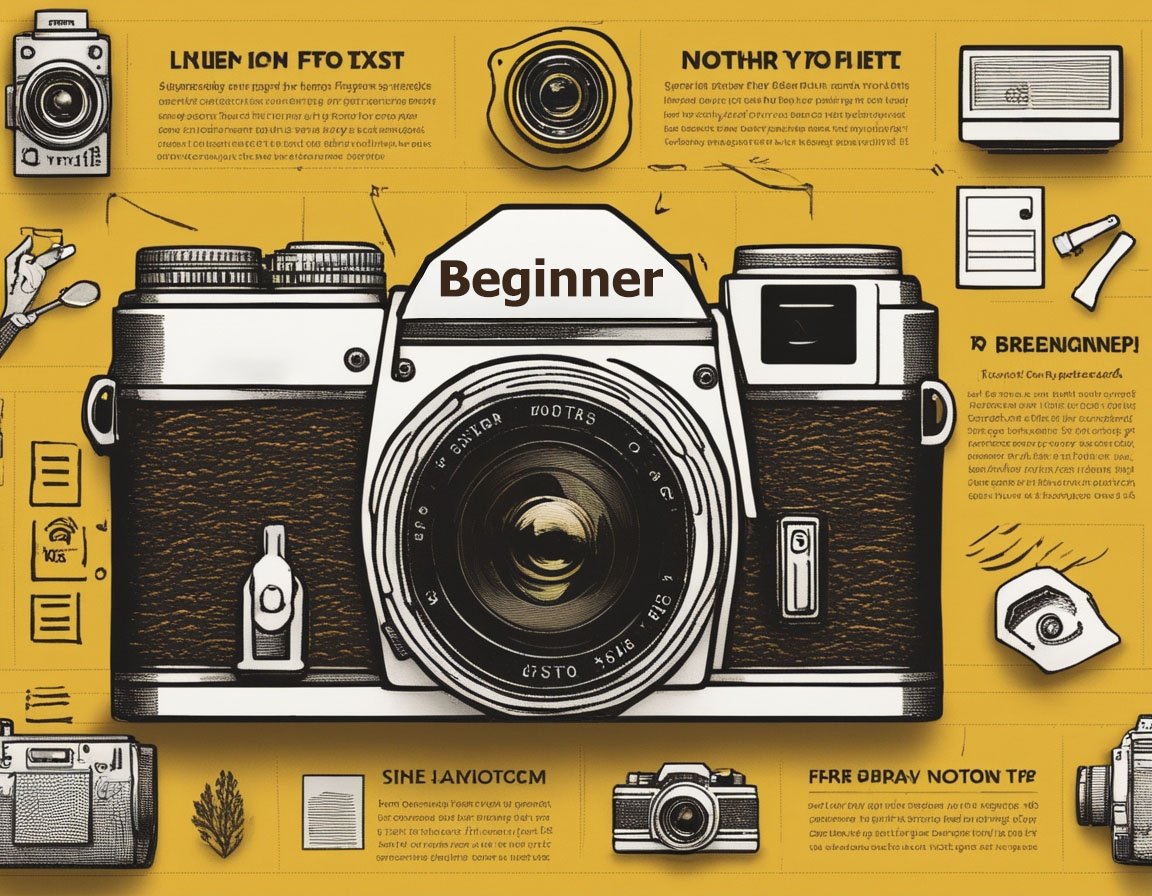Capturing the perfect shot requires more than just clicking the shutter button on your camera. Understanding the principles of composition can elevate your photography skills and transform ordinary images into extraordinary works of art. Composition is the art of arranging elements within your frame to create a balanced, engaging, and aesthetically pleasing photograph. By following a few basic composition tips, you can drastically improve your photography and capture images that truly resonate with viewers.
One of the most fundamental composition techniques is the rule of thirds. This rule suggests dividing your frame into a grid of nine equal parts using two horizontal and two vertical lines. Placing your subject along these lines or at their intersections can create more interest and tension in your photograph than centering the subject would. This technique helps guide the viewer’s eye and creates a more dynamic composition, as it utilizes natural focal points.
Leading lines are another powerful tool in photography composition. These can be roads, rivers, or any lines that guide the viewer’s eye towards the main subject. Leading lines not only add depth to an image but also help in creating a narrative, essentially guiding viewers through the story you wish to tell with your photo. They can be straight, curved, or even zigzagging, each creating different effects and emotions.
Symmetry and patterns are excellent for creating eye-catching photos. Symmetrical images offer a sense of harmony and balance. This can be particularly effective in architecture or nature photography. Patterns, whether natural or man-made, add rhythm to an image, creating a repetition that draws the viewer in. Breaking a pattern with an element that contrasts or disrupts it can add a focal point, capturing attention instantly.
Depth of field is another key element of composition. By controlling what is in sharp focus and what is blurred, you can direct the viewer’s attention precisely where you want it. A shallow depth of field can isolate a subject from its background, making it stand out prominently. Conversely, a deeper depth of field keeps more of the scene in focus, which is ideal for landscape photography.
Framing your subject can add layers to your image, creating a photograph that is both intriguing and complex. Natural frames like archways, branches, or windows can be used to highlight your subject, leading the viewer’s eye directly to it while adding context. Framing can give your image structure and depth, helping to tell a more complete story.
The background of your photo is as important as the subject. A busy or distracting background can take focus away from the main subject while a clean, simple background can enhance it. Pay attention to the environment around your subject, ensuring that the background complements rather than competes with it.
Negative space is the area around and between the subject of an image. Using negative space effectively can create a minimalist and calming image. It emphasizes the subject, often evoking a sense of solitude or contemplation in the viewer. Negative space can also bring out the shapes and details of your subject, making them more defined and dramatic.
Understanding balance in your composition can make a significant difference in how your image is perceived. There are two types of balance: symmetrical and asymmetrical. Symmetrical balance involves mirroring elements within an image, creating a sense of stability and formality. Asymmetrical balance, on the other hand, involves arranging dissimilar elements to create a harmonious composition that feels more dynamic and interesting.
Perspective and point of view can change the entire context of your image. Shooting from a high or low angle can dramatically alter the way a photo is perceived. Aerial views can offer a sense of grandeur while a low angle can enhance the stature of a subject, making it appear more imposing. Experimenting with different perspectives can lead to unique and captivating images.
Color is a compelling element in photographic composition. It draws attention, conveys emotions, and adds depth and interest to photos. Complementary colors create vibrant images with high contrast, while analogous colors offer a more serene, harmonious feel. Understanding the color wheel can help you make informed choices about color use in your compositions.
Incorporating contrast in your images, whether through color, light, or texture, can accentuate differences that make your image pop. High contrast images are bold and attention-grabbing, while low contrast images are softer and more ethereal. Playing with contrast allows you to highlight your subject and create mood within your photographs.
The narrative within a photograph is as important as the visual elements. Tell a story with your image by carefully considering the elements you include. Every component in the frame should contribute to the narrative, whether it supports the subject, adds context, or directs the viewer’s attention in a particular direction.
By understanding and applying these basic composition tips, you can enhance your ability to capture the perfect shot. Practice regularly, analyze your work critically, and continue to hone your skills. The beauty of photography is its ability to convey powerful stories and emotions through a single image, and harnessing the strengths of composition will enable you to do just that.



